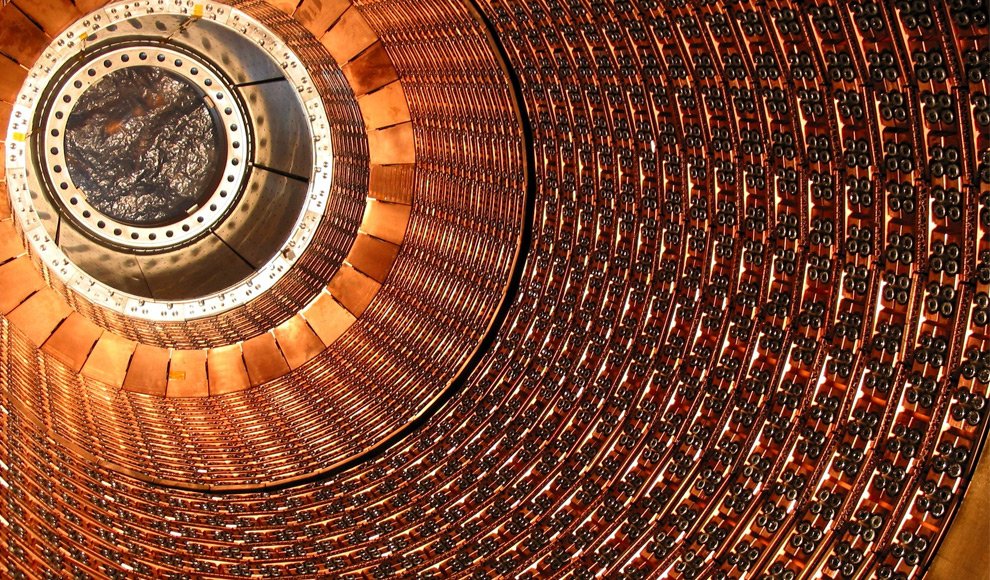LHC detector Atlas captured a new particle, Chi b, which is not Higgs boson
Large Hadron Collider’s detector Atlas captured a particle that physicists had suspected to exist for years, but had never seen “in the wild”.
The Chi b (3P) particle was detected among data from the trillions of collisions at the LHC.
The CERN discovery was hailed as testimony to how effectively physicists were now scanning the collision data – and essential background to the LHC’s ongoing quest for the Higgs, a theoretical particle which is thought to “explain” why the universe has mass.
Physicists scan the data from the LHC’s detectors for “unusual” signals from the debris of high-energy collisions. This new particle is an important milestone for the collider – and a crucial step in its mission to fill in the gaps in our understanding of physics.
Professor Stefan Soldner-Rembold, a particle physicist at the University of Manchester said the Higgs “will always be the Nobel Prize”, but that this discovery is still very exciting.
What’s been discovered, Prof. Stefan Soldner-Rembold explained, is a particle comprised of a bottom quark and a bottom anti-quark – an entirely new kid on the sub-atomic block that until now was merely a theory.
He said: “It’s exciting confirmation of the theory of strong interactions that keeps these particles together, the same theory that describes how a nucleus sticks together.
“What they’ve found is a b-quark and an anti b-quark.
“Quarks cannot be seen by themselves, they’re contained in a particle and held together with the strong force. If you understand how the force works, you can predict which particles should exist.
“With all these different quarks you can play Lego and put them together in different ways and form new particles, similar to protons, that can be combined to form elements.”

Large Hadron Collider’s detector Atlas captured a particle that physicists had suspected to exist for years, but had never seen “in the wild”
The results were put online on the scientific publication site ArXiv.
The find is an important step for the LHC – which is more than a machine built solely to hunt for the Higgs boson.
Finding particles such as Chi b (3P) is crucial to filling in the gaps in the Standard Model – the way we understand physics.
The LHC was designed to fill in these gaps – and help physicists “move on” to the Higgs and “new physics”.
